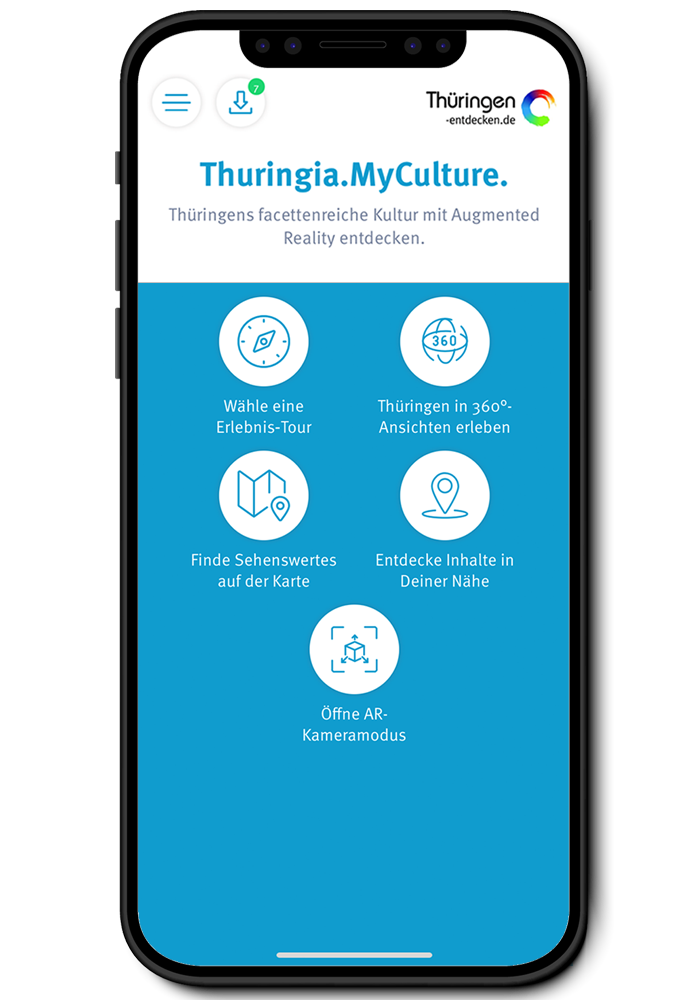Visit the state capital Erfurt and go on a virtual discovery tour through Thuringia.
A baroque universe
Friedenstein Palace in Gotha
Art collection, historical museum, museum of natural history, ducal museum, Thuringian state archive and research library – Gotha’s sprawling palace is a real treasure trove, with all its collections dating back more than 350 years. Friedenstein could be considered Germany’s answer to the Louvre in Paris.
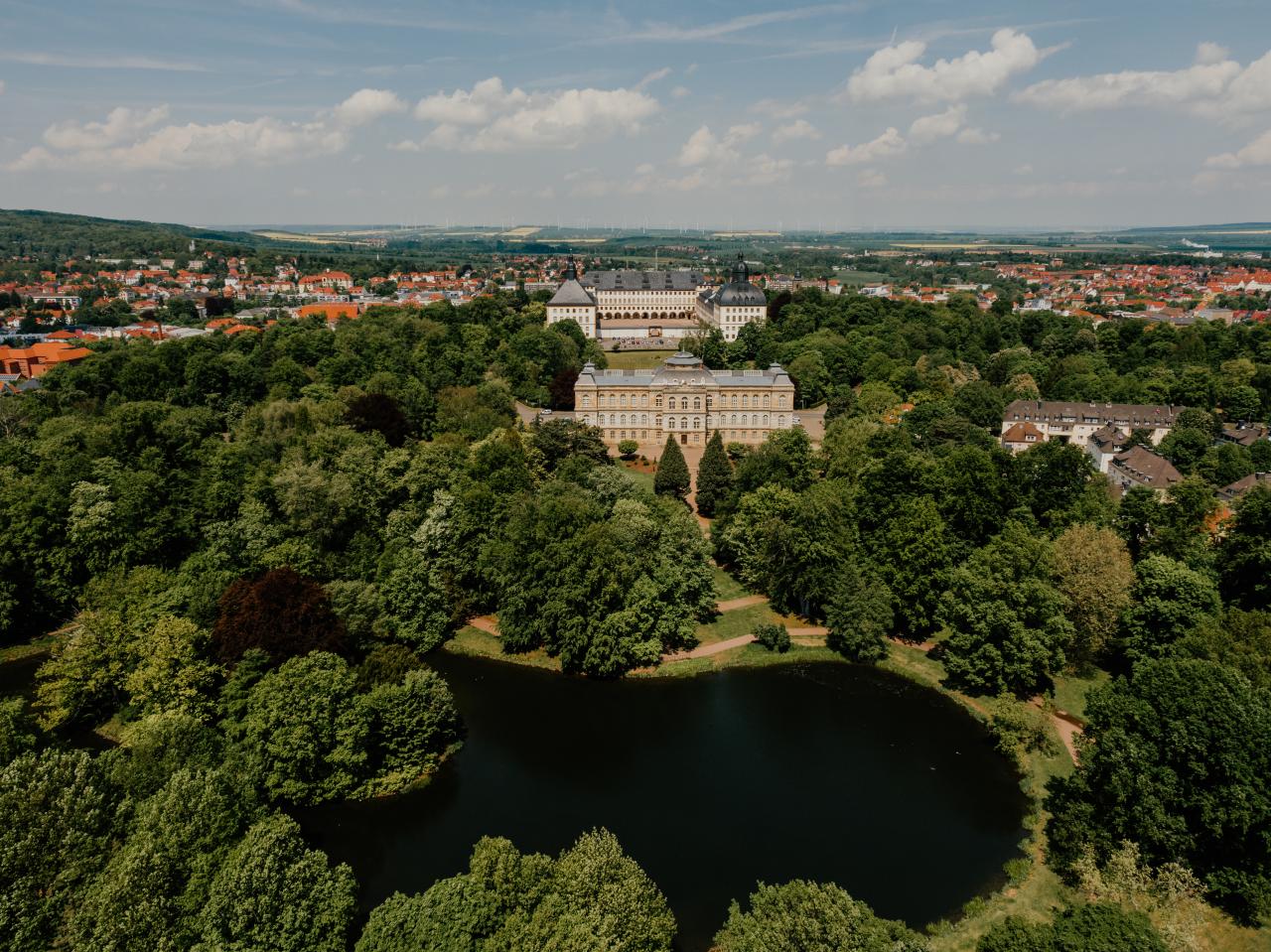
©Thomas Walkling, Schatzkammer Gotha
Grand on the outside, even grander on the inside
The palace, a formidable four-winged edifice, sits in splendour atop a hill on the outskirts of town, From the outside, Friedenstein Palace is hardly a match for the Louvre, as the building is only modestly adorned. The duke deliberately chose this plain, unpretentious style – he was aiming for clarity of form and functionality. The interior, however, is an entirely different matter.
The sumptuously furnished historical living quarters and state rooms dating from the baroque, rococo and classicist periods remain virtually unchanged. They also give an idea of just how far back the history of the palace goes.
One reason why so much of all this remains is that Friedrich III of Saxe-Gotha-Altenburg, the great-grandson of Ernst I who built the palace, stayed in Gotha with his wife during the Seven Years’ War to prevent destruction and looting by enemy troops.
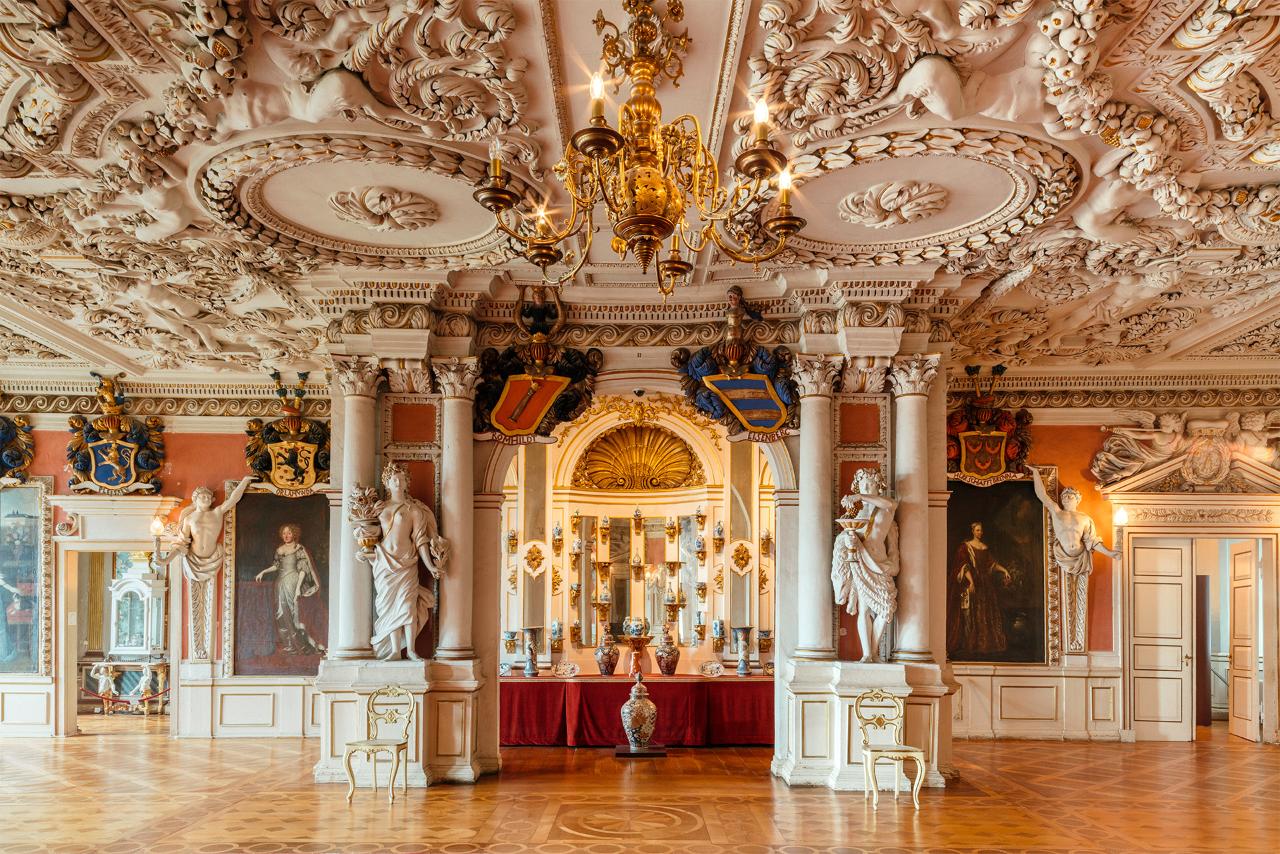
picture and cover picture: ©Marcus Glahn, Schatzkammer Gotha
Illustrious visitors
Duke Friedrich and his wife Luise Dorothea regularly entertained distinguished visitors. These included Voltaire, who stayed with them for five weeks. The French philosopher was also present in other ways. The duke and duchess used to stage his plays – frequently banned in other places – in their own royal theatre, now the Ekhof Theatre. This is well worth a look, either as part of a guided tour or during the Ekhof Festival, which brings baroque theatre to life through its performances.
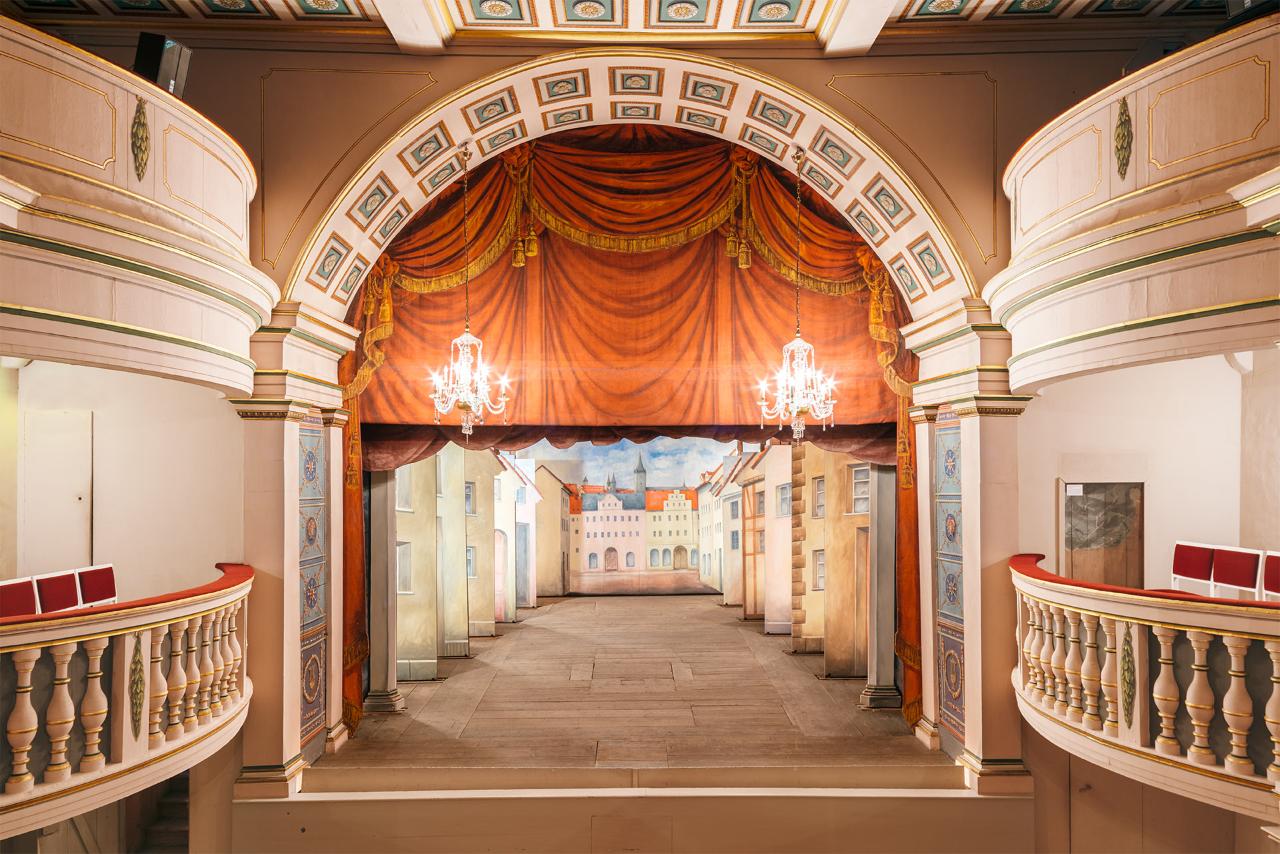
©Marcus Glahn, Schatzkammer Gotha
The ducal couple even hosted Frederick the Great on two occasions. Many items in the palace rooms date from those days, such as paintings, or the duchess’s prized porcelain collection, which Frederick the Great himself once admired.
A duke in a dressing gown
Generally speaking, the duke and duchess enjoyed the good life, whether for business dealings, family events or just simply leisure pursuits. They were especially fond of excursions to Eisenach, Molsdorf and Weimar, where Friedrich dined well, visited the sights, relished the change of routine and exercised in the fresh air when the weather was good. In later life he particularly favoured the mineral springs in Ronneburg and spent several weeks of the year there for health cures. This also provided him with a welcome opportunity to meet his relatives in a relaxed environment.
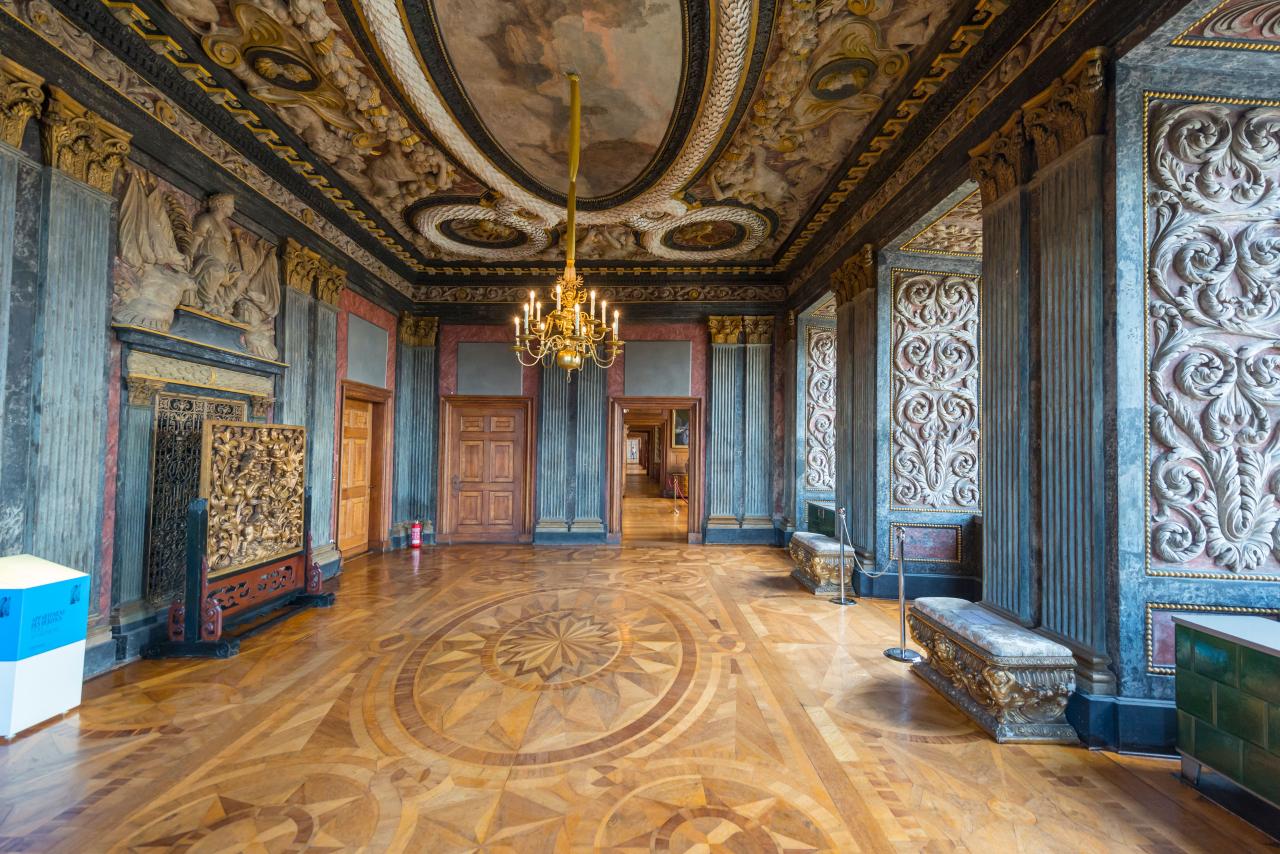
©Udo Bernhart, TTG
Friedrich III relied on his wife’s counsel in matters of government and put her in charge of his political correspondence. Her own passion was for literature and the philosophy of the enlightenment. Luise Dorothea skilfully integrated Gotha into the network of European high culture as a centre of art and science.
The duke and his wife would still make good ambassadors for Thuringia today, with their penchant for the leisurely enjoyment of art, culture and nature. The duke might even turn up in his dressing gown as he looks forward to welcoming his visitors.
Accessibility
Did you like this story?
You might also be interested in ...







